
Strong Laws & Enforcement is Needed to Protect People From Wall Street
“It’s a battle in which the Wall Street lobbying and public-relations machine will have a decisive advantage…. With the regulators, you don’t have to win. You just have to gum them up. And that is exactly what Wall Street has done.” –Senator Ted Kaufman
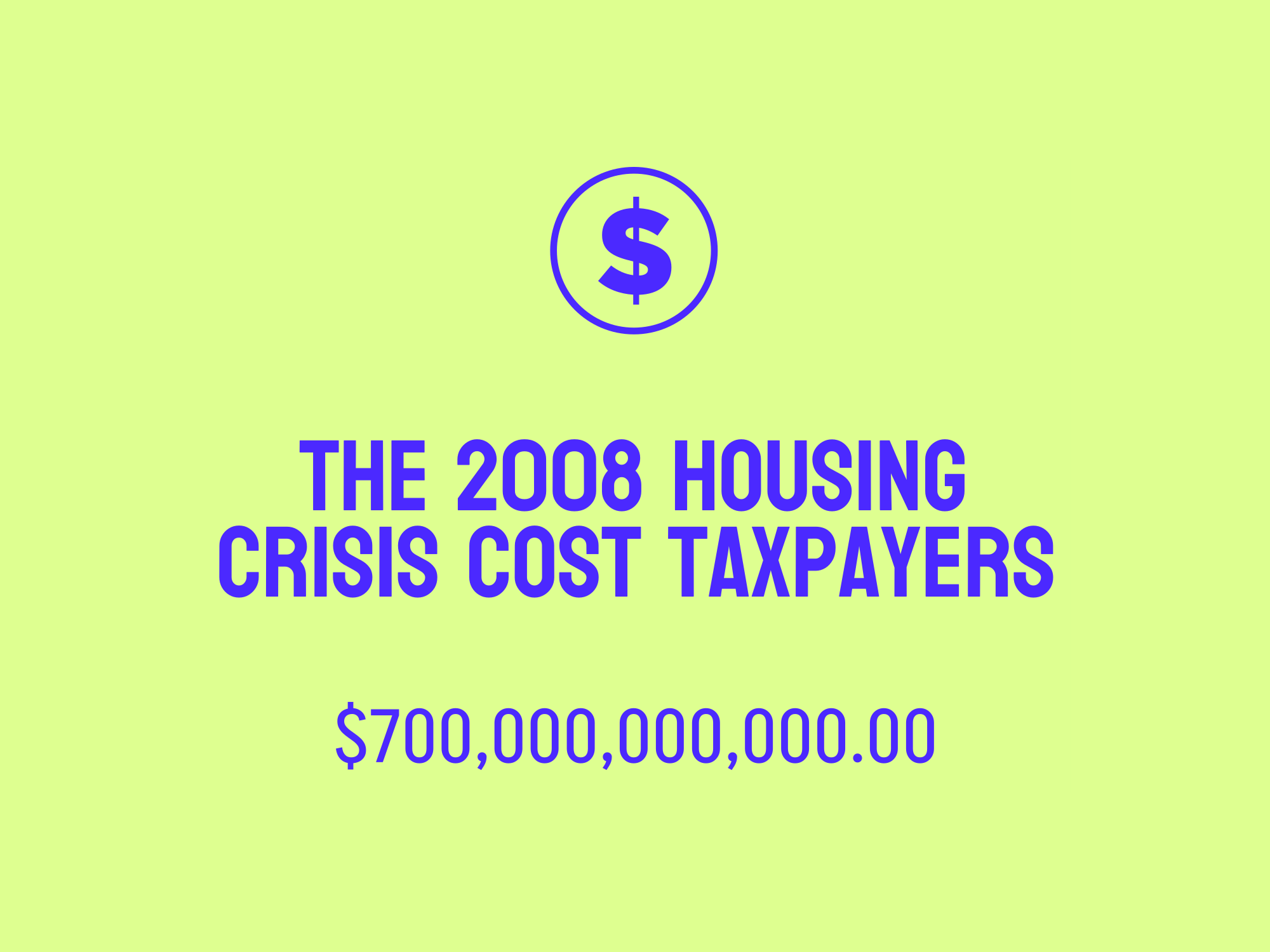
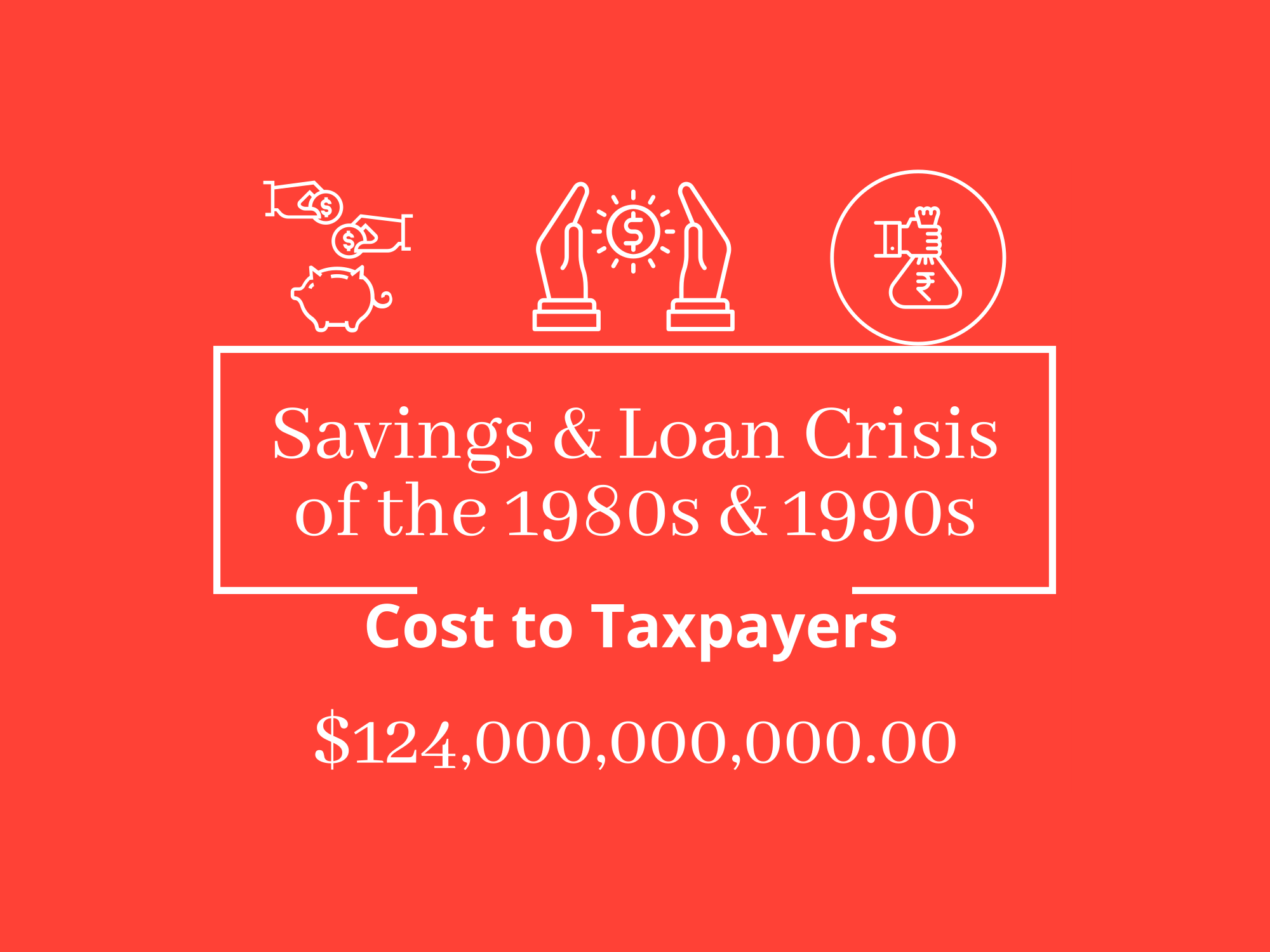
Without good laws on the books and enforcement, white-collar criminals destroy good people’s livelihoods, costing taxpayers billions.
Economic Issues
Before The Great Depression
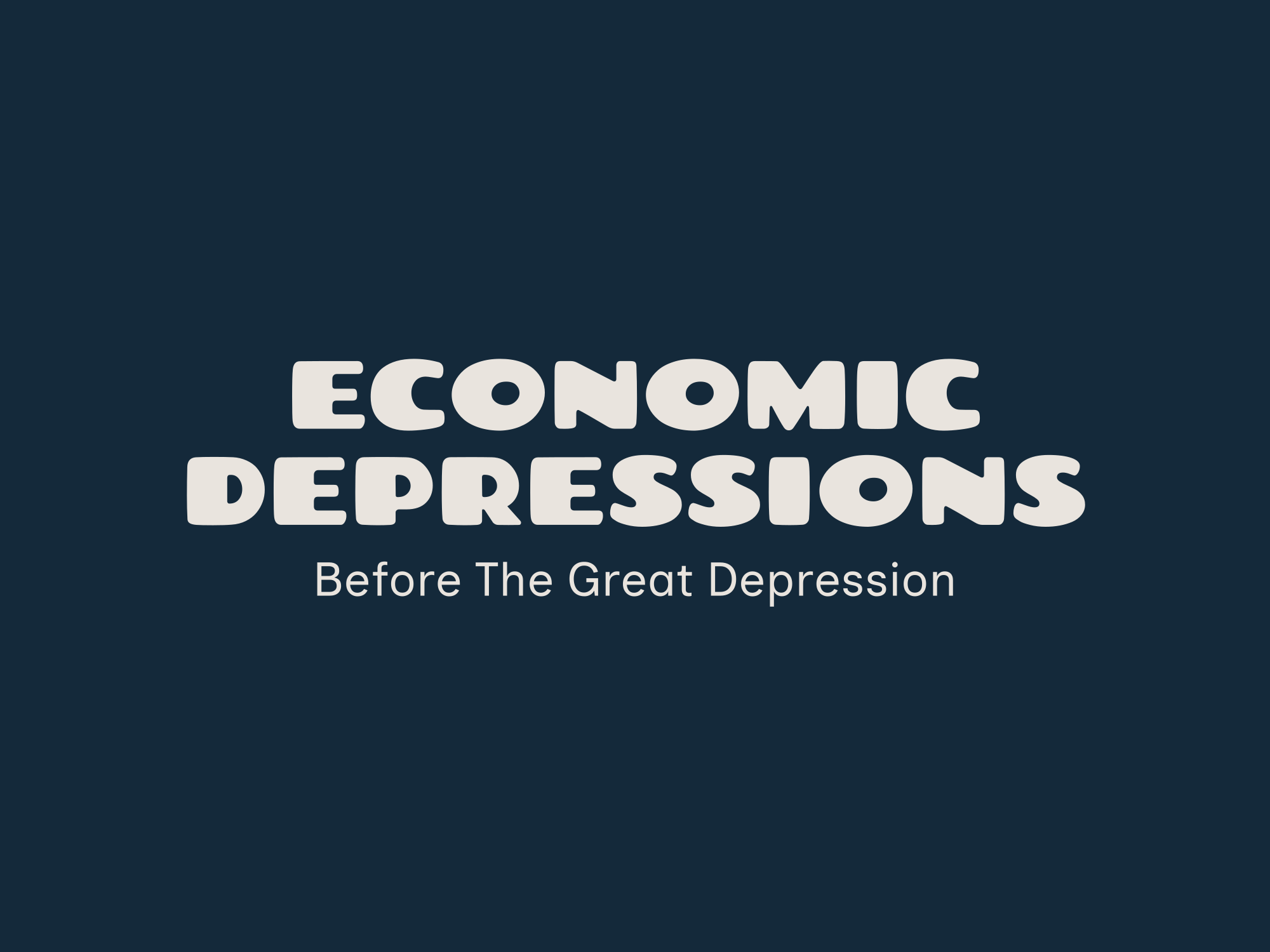
The great depression of the 1930s is often considered the most severe economic downturn in modern history. However, the United States experienced several economic depressions prior to the great depression. The Panic of 1819, the Long Depression of the 1870s, and the Panic of 1893 were all significant economic events that caused widespread unemployment and poverty. These depressions were caused by a variety of factors, including financial speculation, overproduction, and inadequate government intervention. While these earlier depressions may not have been as severe or prolonged as the great depression, they nonetheless had significant impacts on the economy and society at the time. Understanding the history of economic depressions can provide valuable insights into the causes and potential solutions for future economic crises.
The panic of 1819 was caused by a combination of factors that led to a severe economic downturn in the United States. One major cause was over-speculation in the new western territories, which led to a boom in land prices followed by a sudden crash. Additionally, the Second Bank of the United States tightened credit policies, causing banks to fail and businesses to go bankrupt. The loss of European markets after the Napoleonic Wars also contributed to the economic crisis. These factors combined to create widespread unemployment, foreclosures, and financial hardship for many Americans during this period.

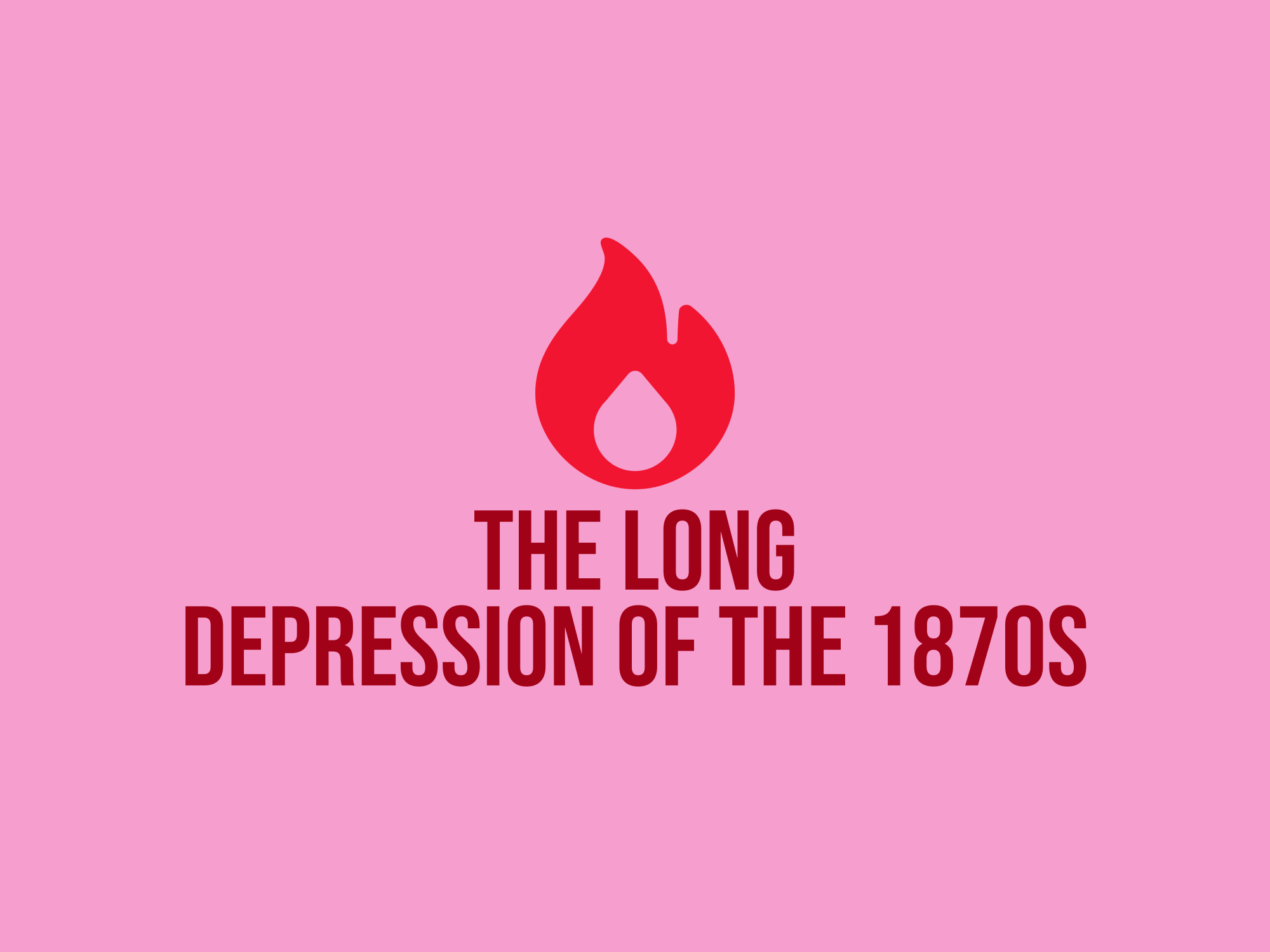
The Long Depression of the 1870s was caused by a combination of factors, including overspeculation in the railroad industry, widespread bank failures, and global economic downturns. The rapid expansion of railroads in the United States led to excessive borrowing and building of rail lines that were not profitable, causing many railroads to go bankrupt. Additionally, there was a lack of government regulation and oversight of banks, leading to risky loans and investments that ultimately resulted in many banks collapsing. Furthermore, the worldwide economic depression in the 1870s, caused by a decrease in agricultural prices and a decrease in international trade, also contributed to the Long Depression. Overall, the combination of these factors led to a prolonged period of economic hardship and unemployment during the 1870s.
The Panic of 1893 was caused by a combination of factors including the over-expansion of railroads, the decline in agricultural prices, and the failure of several major banks and businesses. Many railroads had borrowed heavily to finance their expansion, leading to over-speculation in the industry. Additionally, the prices of agricultural products fell sharply, hurting farmers who were already struggling. As a result, many banks and businesses were unable to meet their financial obligations, leading to a widespread panic and economic downturn. The Panic of 1893 had a significant impact on the American economy, leading to widespread unemployment and hardship for many families.

Regulation & Enforcement
Could Have Prevented These Economic Crises

In 1819, panic swept through the U.S. economy, leading to bank failures and widespread hardship. Stronger regulation might have slowed this panic. If banks had faced limits on risky loans and had to keep more cash on hand, they could have managed better. Clear guidelines for lending could have built trust. Transparency in financial dealings would have helped investors gauge risks. Without strict rules, speculation ran wild, fueling the crisis. A well-regulated system could have protected citizens and reduced the chaos that followed.
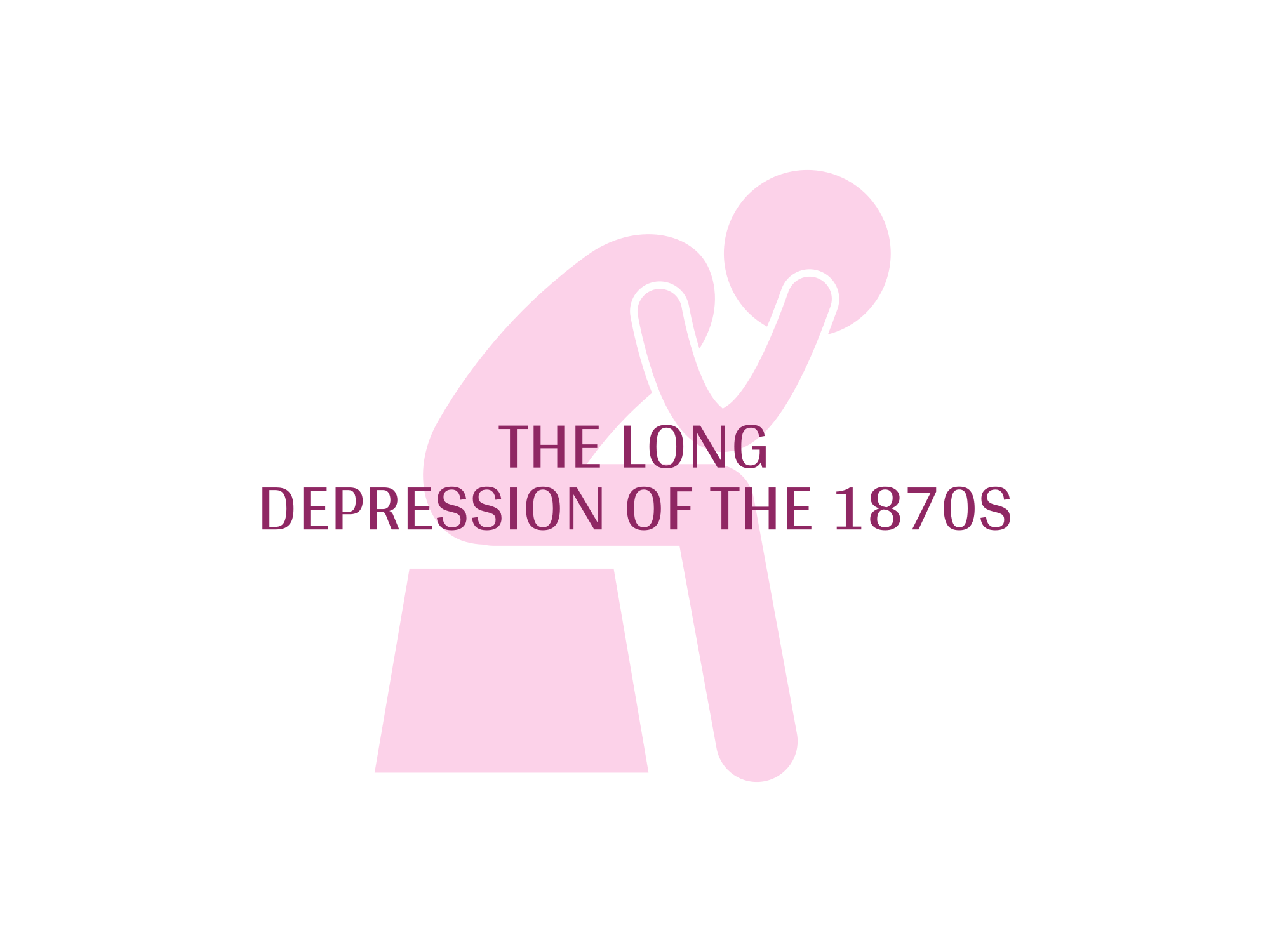
Regulation could have played a key role in preventing the Long Depression of the 1870s. During this period, the economy faced bank failures and sharp declines in prices. Without proper oversight, banks took excessive risks, leading to instability. Stronger financial regulations might have limited these reckless behaviors. They could have enforced better lending practices, protecting depositors and encouraging more stable investments. Additionally, regulations on monopolies could have supported fair competition, which often helps keep prices steady. In short, effective regulation might have created a healthier economic environment and reduced the chances of such a prolonged downturn.

Regulation could have helped prevent the 1893 panic. At that time, banks operated with little oversight. Many invested in risky ventures and overextended themselves. When railroads began to fail, confidence in banks dropped sharply. People rushed to withdraw their money, causing financial chaos. Stronger regulations could have limited risky practices and protected consumers. With better oversight, banks might have stabilized during the crisis, preventing widespread panic.
Life in the United States During the Great Depression: An In-Depth Exploration
The Great Depression, which lasted from 1929 until the late 1930s, was a period of unprecedented economic hardship for millions in the United States and around the globe. The stock market crash of October 1929 marked the beginning of a decade-long struggle characterized by widespread unemployment, poverty, and a significant decline in economic activity. To understand the impact of the Great Depression, it is crucial to consider the various regional differences within the United States and the global context of the crisis.

For many Americans, daily life during the Great Depression was marked by uncertainty and despair. Unemployment rates skyrocketed, reaching as high as 25% at the peak of the crisis. Families were torn apart by financial strain, and many were forced to move in search of work, often traveling to other states or cities. The economic downturn led to a significant decline in consumer spending, and businesses shuttered their doors, further exacerbating the crisis.
Food insecurity became a pressing issue for many households. Soup kitchens and breadlines became common sights in urban areas, as charitable organizations struggled to provide for the needy. Many families resorted to growing their own vegetables in “victory gardens” to supplement their meager diets. The widespread hardship also fostered a sense of community, with neighbors often banding together to support one another in times of need.
.

The impact of the Great Depression varied considerably between northern and southern states. The industrialized North, heavily reliant on manufacturing, faced significant job losses as factories closed or reduced production. Cities like Detroit and Cleveland, once bustling centers of industry, were severely affected, leading to widespread unemployment and urban decay. The North also experienced a population influx from rural areas as people sought work in the cities, adding to the strain on urban resources.
In contrast, the South, primarily agrarian and already economically disadvantaged before the Depression, experienced its own unique challenges. The agricultural sector suffered immensely due to falling crop prices and the devastation of the Dust Bowl in the 1930s. Many Southern farmers lost their land, leading to increased poverty and migration. However, the rural nature of the South meant that many families were somewhat insulated from the worst of the urban unemployment crisis, as they could rely on subsistence farming to some extent.

The Great Depression also manifested differently on the East Coast compared to the West Coast. The East Coast, home to many of the nation’s financial institutions, felt the initial shock of the stock market crash acutely. Cities like New York and Philadelphia were hit hard by unemployment and the subsequent decline in commerce. The urban population faced significant hardship, with rising homelessness and widespread social unrest.
On the other hand, the West Coast experienced a mix of challenges and opportunities. California, for instance, became a destination for many displaced individuals, including “Okies” fleeing the Dust Bowl. The migration westward fueled both growth in agricultural labor and tension between locals and newcomers. While some regions in California thrived due to agriculture and entertainment, others faced economic struggles similar to those in the East.

On a global scale, the Great Depression had devastating effects far beyond the borders of the United States. Many countries, particularly those that relied heavily on exports, experienced severe economic downturns. Europe faced rising unemployment, political instability, and social unrest as economies faltered. The global interconnectedness of economies meant that the repercussions of the American stock market crash rippled through international trade, exacerbating the crisis worldwide.
Countries like Germany, already facing the challenges of reparations from World War I, saw the rise of extremist political movements as economic conditions worsened. In other regions, including Latin America, countries that relied on agricultural exports suffered as demand plummeted.
Conclusion
The Great Depression was a period of immense hardship for people living in the United States and around the world. While regional differences influenced the specific experiences of those affected—whether they were in the industrial North, the agrarian South, or the diverse East and West Coasts—the overarching narrative was one of struggle, resilience, and adaptation. On a global scale, the effects of the Great Depression were profound and long-lasting, reshaping economies and societies for decades to come. Ultimately, the lessons learned from this dark chapter in history continue to inform our understanding of economic resilience and recovery today.



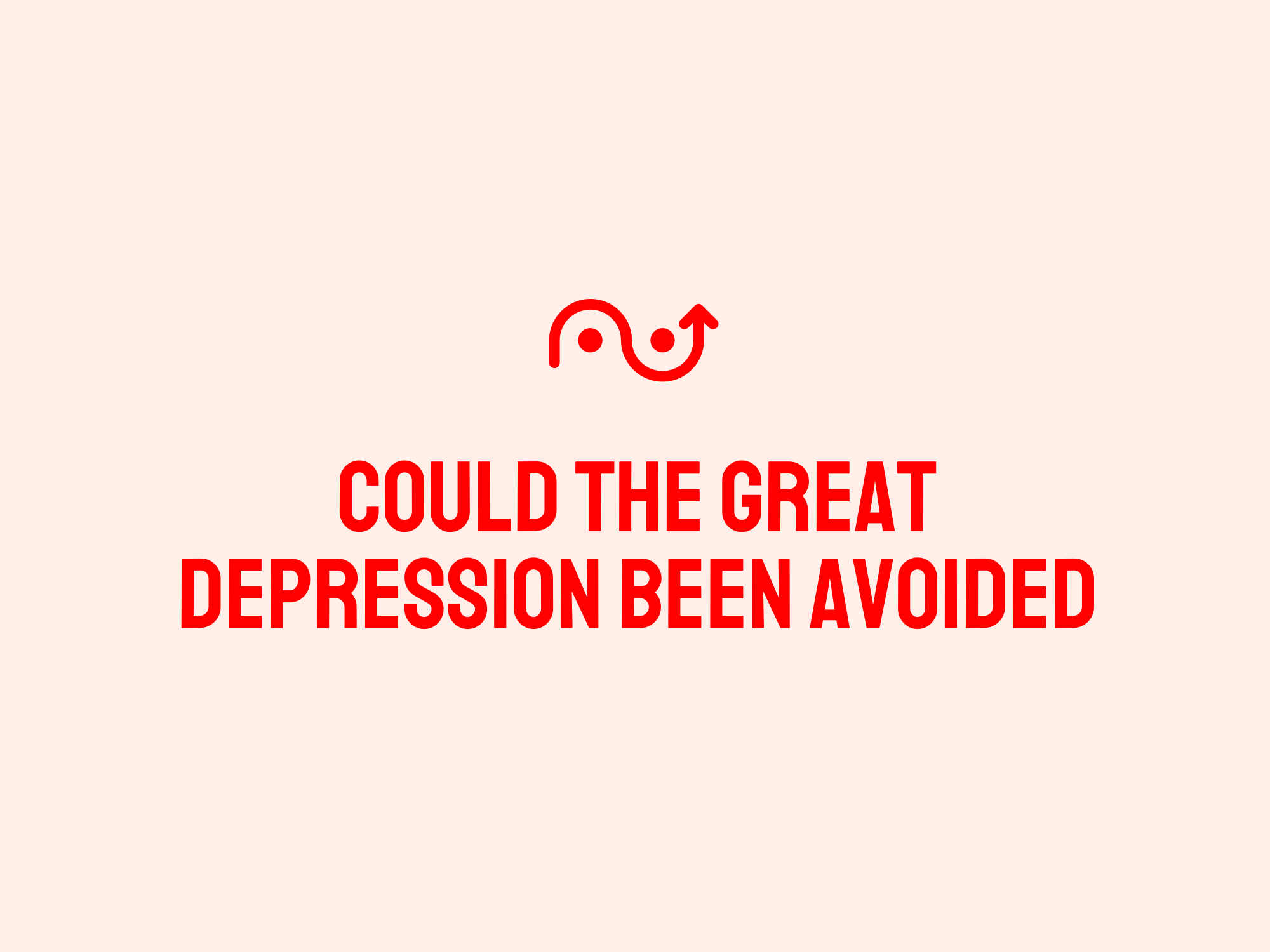
The Great Depression was a devastating economic downturn that lasted from 1929 to the late 1930s. Many believe that the Great Depression could have been avoided if proper government policies had been put in place. For example, some experts argue that if the Federal Reserve had not tightened monetary policy and raised interest rates, the stock market crash of 1929 may have been less severe. Additionally, some economists believe that if the government had implemented more regulations on the banking sector and provided more support for struggling industries, the effects of the depression could have been mitigated. Overall, while it is impossible to say for certain whether the Great Depression could have been entirely avoided, it is clear that different economic policies could have potentially lessened its impact.
.
The Savings & Loan
Crisis & Crash of the 1980s & 1990s
The savings and loan crisis and crash happened in the 1980s and 1990s in the United States. Basically, savings and loan (S&L) institutions were supposed to help people save money and give out loans for things like buying a house. But some S&Ls got greedy and made risky investments that went bad. This caused a lot of them to go bankrupt, and the government had to step in and spend a lot of money to clean up the mess. The crash of these institutions also led to a recession in the US, where many people lost their jobs and homes. This crisis showed how important it is for financial institutions to be responsible and follow regulations to protect people’s money.
Savings & Loan Crisis of the 1980s & 90s Cost the American Taxpayers an Estimated $124 billion
The savings and loan crisis of the 1980s and 90s was a financial disaster that cost the American taxpayers an estimated $124 billion. The crisis was caused by risky lending practices and fraud among savings and loan institutions, leading to the collapse of nearly 1,000 banks. The government had to bail out many of these institutions to prevent a complete collapse of the financial system. The impact of the crisis was felt for years, with many individuals losing their life savings and the economy suffering as a result. This was a difficult time for many Americans, as they struggled to recover from the devastating effects of the savings and loan crisis.
The Savings & Loans Crisis Was Primarily Caused By Weak Laws & Lax Enforcement
The savings and loans crisis of the 1980s and 90s was primarily caused by a combination of weak laws and lax enforcement. Historically, savings and loan institutions were subject to strict regulations that limited their activities to conservative lending practices. However, in the years leading up to the crisis, these regulations were gradually deregulated, allowing S&Ls to engage in riskier investments such as commercial real estate speculation. This, combined with poor oversight and inadequate supervision from regulatory agencies like the Federal Home Loan Bank Board, led to widespread fraud and mismanagement within the industry. Additionally, many S&L executives took advantage of loopholes in existing legislation to engage in fraudulent activities without fear of repercussion. In short, it was a lack of stringent laws and insufficient enforcement mechanisms that ultimately allowed the savings and loans crisis to occur.
Over 1,000 Bankers &
Financial Executives Were Prosecuted
During the savings and loan crisis of the 1980s and 1990s, over 1,000 bankers and financial executives were prosecuted for their roles in the collapse of hundreds of savings and loan institutions. Notable figures such as Charles Keating, chairman of Lincoln Savings and Loan Association, served time in prison for their involvement in fraudulent activities such as inflating assets and making risky loans. However, compared to the scale of the crisis which cost taxpayers billions of dollars, the number of individuals who were actually sentenced to jail time was relatively low. This discrepancy led to criticism that more could have been done to hold accountable those responsible for perpetrating the fraud and mismanagement that ultimately led to one of the biggest financial scandals in US history.
A Key Reform Was The Creation Of
The Financial Institutions Reform, Recovery, and Enforcement Act
(FIRREA) In 1989 To Prevent Another Crisis
Following the Savings and Loan Crisis of the 1980s and 1990s, significant changes were indeed made to prevent another similar financial crisis from occurring in the future. One key reform was the creation of the Financial Institutions Reform, Recovery, and Enforcement Act (FIRREA) in 1989. This legislation established strict regulatory measures for savings and loan institutions, including enhanced capital requirements, improved supervision by federal agencies such as the FDIC and RTC, and a focus on risk management practices. Additionally, FIRREA expanded regulatory oversight to non-bank financial institutions like credit unions and mortgage lenders. These reforms were designed to strengthen the stability of the banking sector and prevent risky lending practices that contributed to the collapse of savings and loans during the crisis. Overall, these proactive measures have helped to mitigate systemic risks in the financial industry and safeguard against potential future crises.
The Gramm-Leach-Bliley Act of 1999
Did Weaken FIRREA
The Financial Institutions Reform, Recovery, and Enforcement Act (FIRREA) was enacted in 1989 in response to the savings and loan crisis. Its primary goal was to strengthen the federal deposit insurance system and improve oversight of financial institutions. While some provisions of FIRREA have been strengthened over time, such as increased capital requirements for banks, there are concerns that other aspects of the law have been weakened. Critics argue that subsequent legislation, such as the Gramm-Leach-Bliley Act of 1999 which repealed certain restrictions on banks engaging in securities activities, has eroded some of the key protections put in place by FIRREA. Additionally, there have been calls for further reforms to address new risks in the financial system, such as cyber threats and systemic risk posed by large financial institutions. Overall, while FIRREA remains an important piece of legislation, there is ongoing debate about whether it has been weakened since its inception in 1989.
.
THE DOT COM BUBBLE
The dot com bubble of the late 1990s & early 2000s was a period of unprecedented growth and speculation in the technology sector, characterized by soaring stock prices of internet-based companies. However, the bubble eventually burst, leading to significant market downturns and the collapse of numerous high-flying startups. In examining the causes behind this dramatic event, one key question arises: to what extent was a lack of regulations and enforcement to blame for the dot com bubble burst? This article delves into the dynamics of the dot com bubble, explores the factors that contributed to its eventual burst, and evaluates the role that regulatory oversight and enforcement practices played in shaping the outcome.

The Dot Com Bubble was a period in the late 1990s characterized by a rapid rise in the valuation of internet-based companies. Investors poured money into these tech startups, often based more on hype than on solid fundamentals.

Key players in the Dot Com Bubble included companies like Pets.com, Webvan, and Boo.com. Technologies driving the frenzy included the rise of the internet, e-commerce platforms, and the promise of a digital revolution.

Speculative investing drove valuations of dot com companies to unsustainable levels. Investors were more focused on potential future earnings than current realities, leading to inflated stock prices.

Market hype and irrational exuberance fueled the Dot Com Bubble, with investors buying into the belief that traditional business metrics didn’t apply to internet companies. This unchecked optimism contributed to the eventual burst.
Factors Contributing to the Dot Com Bubble Burst
Speculative Investing and Valuations
Speculative investing drove valuations of dot com companies to unsustainable levels. Investors were more focused on potential future earnings than current realities, leading to inflated stock prices.
Market Hype and Irrational Exuberance
Market hype and irrational exuberance fueled the Dot Com Bubble, with investors buying into the belief that traditional business metrics didn’t apply to internet companies. This unchecked optimism contributed to the eventual burst.
Role of Regulations in the Dot Com Bubble
Regulatory Framework Pre-Dot Com Bubble
Regulations around tech companies were relatively lax before the Dot Com Bubble, allowing for unchecked growth and speculation in the market. This lack of oversight contributed to the bubble’s inflation.
Impact of Regulatory Environment on Market Behavior
The absence of stringent regulations allowed companies to operate with less scrutiny, leading to unsustainable growth and valuations. The regulatory environment played a role in shaping investor behavior during this period.
Enforcement Practices During the Dot Com Bubble
Regulatory Oversight and Compliance Measures
Enforcement agencies struggled to keep up with the rapid pace of innovation and investment during the Dot Com Bubble. Oversight and compliance measures were not robust enough to prevent market manipulation and fraud.
Challenges Faced by Enforcement Agencies
Enforcement agencies faced challenges in identifying and prosecuting fraudulent activities in the fast-moving tech sector. Lack of resources and understanding of new technologies hindered their ability to effectively regulate the market.
Impact of Lack of Regulations and Enforcement
Effects of Regulatory Gaps on Market Stability
The lack of regulations and enforcement during the dot com bubble contributed to market instability. Without clear guidelines, companies engaged in risky practices, inflating their valuations and misleading investors. When the bubble burst, the market faced severe repercussions due to the absence of regulatory oversight.
Influence on Investor Confidence and Risk Assessment
The absence of robust regulations and enforcement undermined investor confidence during the dot com bubble. Without proper oversight, investors struggled to assess the true risks of their investments, leading to widespread losses when the bubble burst. The lack of regulatory control highlighted the importance of regulatory frameworks in fostering trust and transparency in financial markets.


Lessons Learned from the Dot Com Bubble
Risk Management and Due Diligence Practices
The dot com bubble underscored the importance of rigorous risk management and due diligence practices. Investors learned the value of conducting thorough research and analysis before investing in high-growth tech companies. The bubble’s aftermath emphasized the need for prudent decision-making based on solid fundamentals rather than speculative hype.
Importance of Regulatory Oversight in Financial Markets
The dot com bubble served as a wake-up call regarding the critical role of regulatory oversight in financial markets. The experience highlighted the necessity of implementing and enforcing regulations to protect investors, maintain market stability, and prevent excessive risk-taking. The bubble reinforced the importance of striking a balance between innovation and regulation to ensure a healthy and sustainable financial ecosystem.
Regulatory Changes Post-Dot Com Bubble
Reforms in Financial Regulation and Enforcement
In the aftermath of the dot com bubble, there were significant reforms in financial regulation and enforcement. Regulatory bodies introduced measures to enhance transparency, strengthen oversight of market activities, and prevent speculative bubbles. The lessons learned from the dot com bubble prompted regulators to refine existing regulations and develop new frameworks to mitigate future risks.
Enhanced Investor Protection Measures
Post-dot com bubble, regulators implemented enhanced investor protection measures to safeguard market participants. Measures such as improved disclosure requirements, stricter enforcement of securities laws, and investor education initiatives aimed to empower investors with knowledge and protect them from fraudulent practices. These measures aimed to instill trust and confidence in the financial markets post the dot com bubble era.

Conclusion: Evaluating the Responsibility of Regulations and Enforcement
Reflection on Regulatory Impact in Market Cycles
Reflecting on the dot com bubble, it becomes evident that regulations and enforcement play a crucial role in shaping market cycles. The lack of oversight can lead to excesses and speculative bubbles, while effective regulations can promote stability and investor confidence. Evaluating the responsibility of regulations and enforcement involves acknowledging their impact on market dynamics and the need for adaptive frameworks in an evolving financial landscape.
Balancing Innovation and Compliance in the Digital Era
As we navigate the digital era, finding the balance between innovation and compliance remains paramount. The dot com bubble serves as a cautionary tale, reminding us of the risks associated with unchecked innovation and the importance of regulatory guardrails. Moving forward, embracing innovation while upholding regulatory standards will be crucial to fostering sustainable growth and resilience in modern financial markets.In conclusion, the dot com bubble serves as a cautionary tale about the risks of unchecked speculation and market exuberance. While regulatory oversight and enforcement practices undoubtedly play a crucial role in maintaining market stability, the complex interplay of factors that led to the bubble’s burst highlights the need for a balanced approach to financial regulation. By learning from the lessons of the dot com bubble and implementing prudent regulatory reforms, we can strive towards a more resilient and sustainable financial ecosystem in the digital age.
THE 2008 HOUSING CRISIS
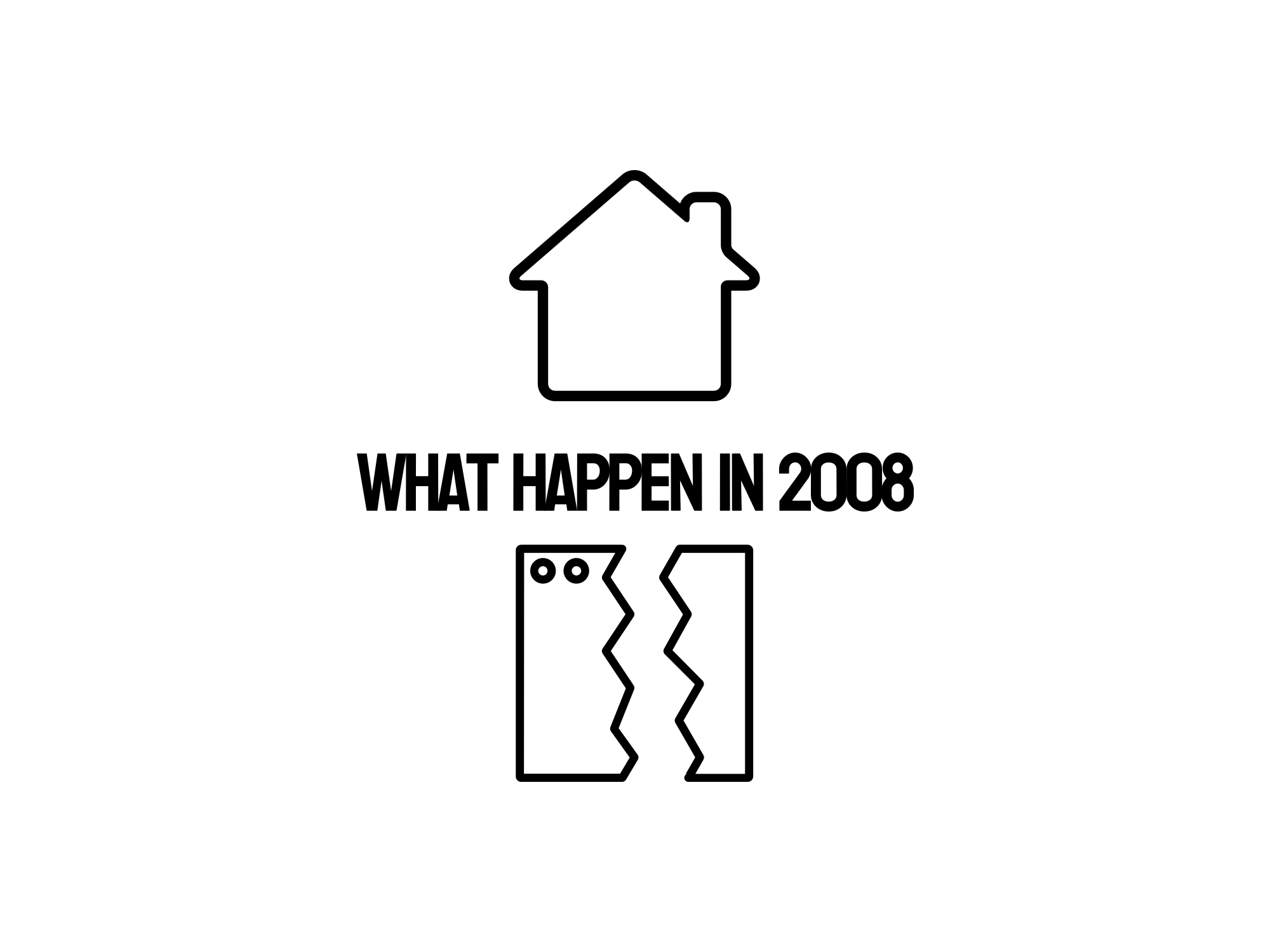
The housing crisis of 2008 was a significant event that had a profound impact on the United States and global economy. The crisis was sparked by the bursting of the housing bubble, which had been steadily growing for years due to lax lending standards and an increase in subprime mortgages. These risky loans were given to borrowers who did not have the means to repay them, leading to a wave of foreclosures and a sharp decline in housing prices.
As a result of the housing crisis, many financial institutions, including major banks and mortgage companies, experienced significant losses that threatened their solvency. This led to a credit crunch as banks tightened their lending standards and became hesitant to lend to individuals and businesses. The crisis also had a ripple effect on the wider economy, causing a severe recession that led to widespread job losses and a decline in consumer spending.
In response to the crisis, the government implemented various measures to stabilize the housing market and prevent further economic damage. These included the passage of the Emergency Economic Stabilization Act of 2008, which authorized the Troubled Asset Relief Program (TARP) to provide financial assistance to struggling banks and other institutions. The Federal Reserve also implemented several rounds of quantitative easing to inject liquidity into the financial system and reduce interest rates. Overall, the housing crisis of 2008 highlighted the dangers of excessive risk-taking in the financial industry and the importance of effective regulation to prevent similar events in the future.

The 2008 housing crisis had far-reaching effects on several groups of people who were hurt in various ways. One major group that was particularly impacted was homeowners who found themselves underwater on their mortgages. Many individuals and families were unable to keep up with their mortgage payments as the value of their homes plummeted, leading to a wave of foreclosures and bankruptcies. The crisis also had a significant impact on communities, as neighborhoods faced high levels of abandoned and foreclosed homes which led to decreased property values and a rise in crime rates.
Another group that was hurt in the 2008 housing crisis was the financial institutions that held mortgage-backed securities. As the housing bubble burst, the value of these securities plummeted, leading to massive losses for banks and other investment firms. Many financial institutions were forced to seek government bailouts or even file for bankruptcy, resulting in a ripple effect throughout the global economy. This ultimately led to a recession that affected millions of people around the world, causing job losses, stock market crashes, and a general sense of economic uncertainty.
Additionally, minority and low-income communities were disproportionately affected by the housing crisis. These individuals were often targeted by predatory lenders who offered subprime mortgages with high interest rates and hidden fees. As a result, many minority and low-income borrowers were left with unaffordable mortgage payments and a higher risk of foreclosure. The housing crisis exacerbated existing inequalities and disparities in wealth and homeownership, further widening the gap between the rich and the poor. Overall, the 2008 housing crisis had a devastating impact on a wide range of individuals and groups, highlighting the need for better regulations and safeguards in the housing market to prevent such a crisis from happening again.

The 2008 housing crisis was a devastating event that caused widespread financial turmoil and economic hardship for millions of people. However, amidst the chaos and uncertainty, there were some individuals and entities that were able to profit from the crisis. One group that made money during this time were short sellers, who bet against the housing market and were able to profit from the collapse of the housing bubble. By taking out positions that would increase in value as the market declined, these investors were able to make significant profits as home prices plummeted.
Another group that made money during the 2008 housing crisis were investors who purchased distressed properties at rock-bottom prices. As foreclosures and short sales flooded the market, savvy investors were able to scoop up properties at deeply discounted prices and turn a profit by either renting them out or selling them once the market recovered. These investors were able to take advantage of the distress in the market and capitalize on the opportunities that arose as a result of the crisis.
Lastly, big banks and financial institutions also made money during the 2008 housing crisis, albeit through controversial means. Many of these institutions were able to profit from the crisis through government bailouts and other forms of financial support. While their actions may have been met with criticism and anger from the public, these banks were able to weather the storm and emerge from the crisis in a stronger financial position. Overall, the 2008 housing crisis was a difficult time for many, but there were certainly some who were able to make money during this tumultuous period.
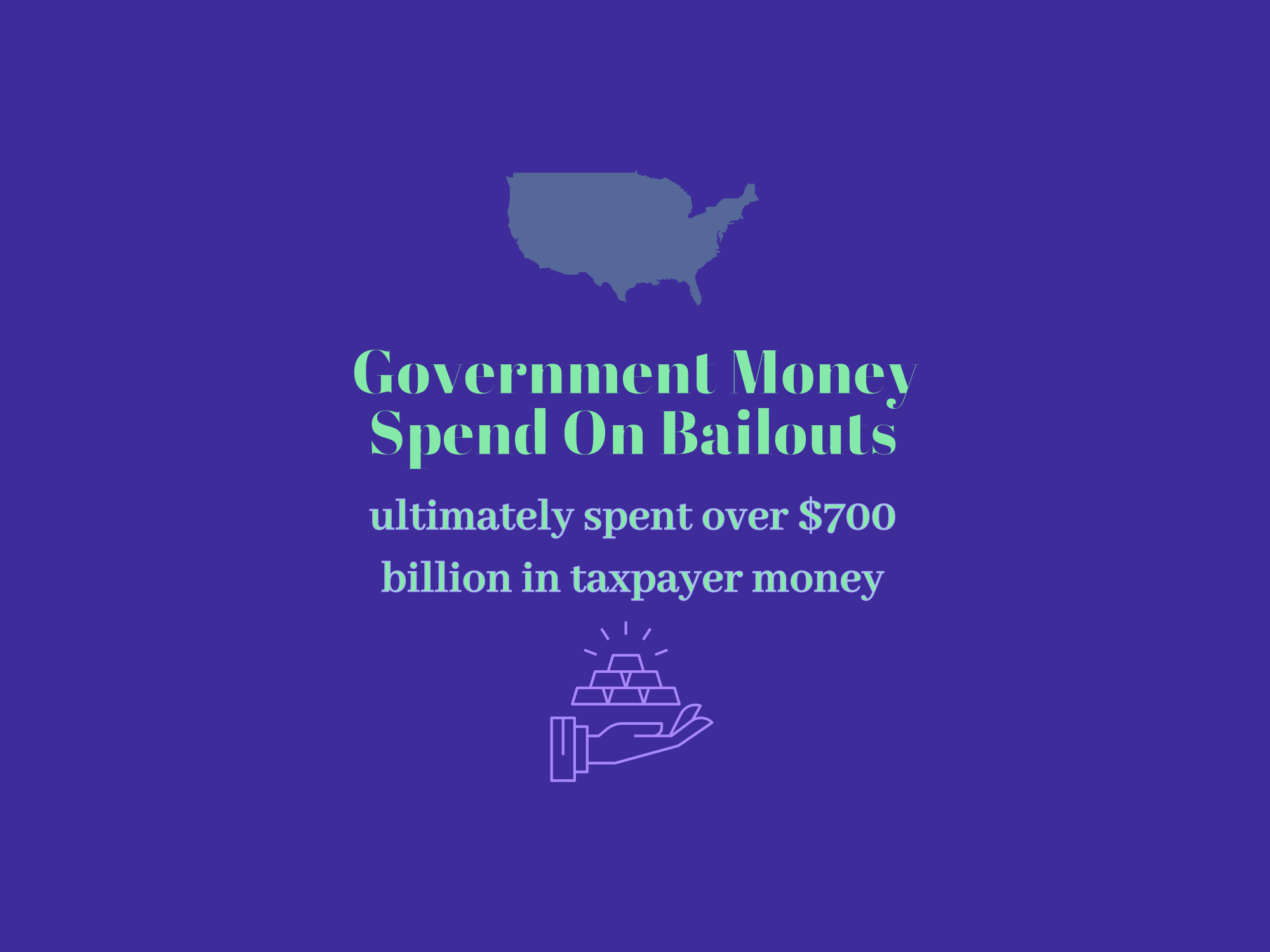
The financial crisis of 2008 was a turning point in the global economy, and governments worldwide were forced to step in and bailout struggling banks and financial institutions. In the United States alone, the government spent billions of dollars to prevent a complete collapse of the banking sector. The Troubled Asset Relief Program (TARP) was established to provide financial assistance to banks and other institutions that were deemed “too big to fail”. TARP ultimately spent over $700 billion in taxpayer money to stabilize the financial system and prevent a full-blown economic depression.
The decision to bailout banks and other financial institutions was highly controversial and sparked intense debate among lawmakers and the public. Critics argued that the bailouts rewarded risky behavior by banks and financial institutions, while others argued that the bailouts were necessary to prevent a complete meltdown of the financial system. The government’s actions also raised questions about the role of government in the economy and whether or not it was appropriate for taxpayers to foot the bill for the mistakes of the financial industry.
In the years following the financial crisis, the government gradually recouped much of the money spent on the bailouts through the sale of assets and repayment of loans. While the bailouts were successful in preventing a complete collapse of the financial system, they also highlighted the need for stronger regulations and oversight to prevent future crises. The legacy of the bailouts continues to be debated to this day, but they ultimately served as a necessary evil to stabilize the economy and prevent a full-blown depression.
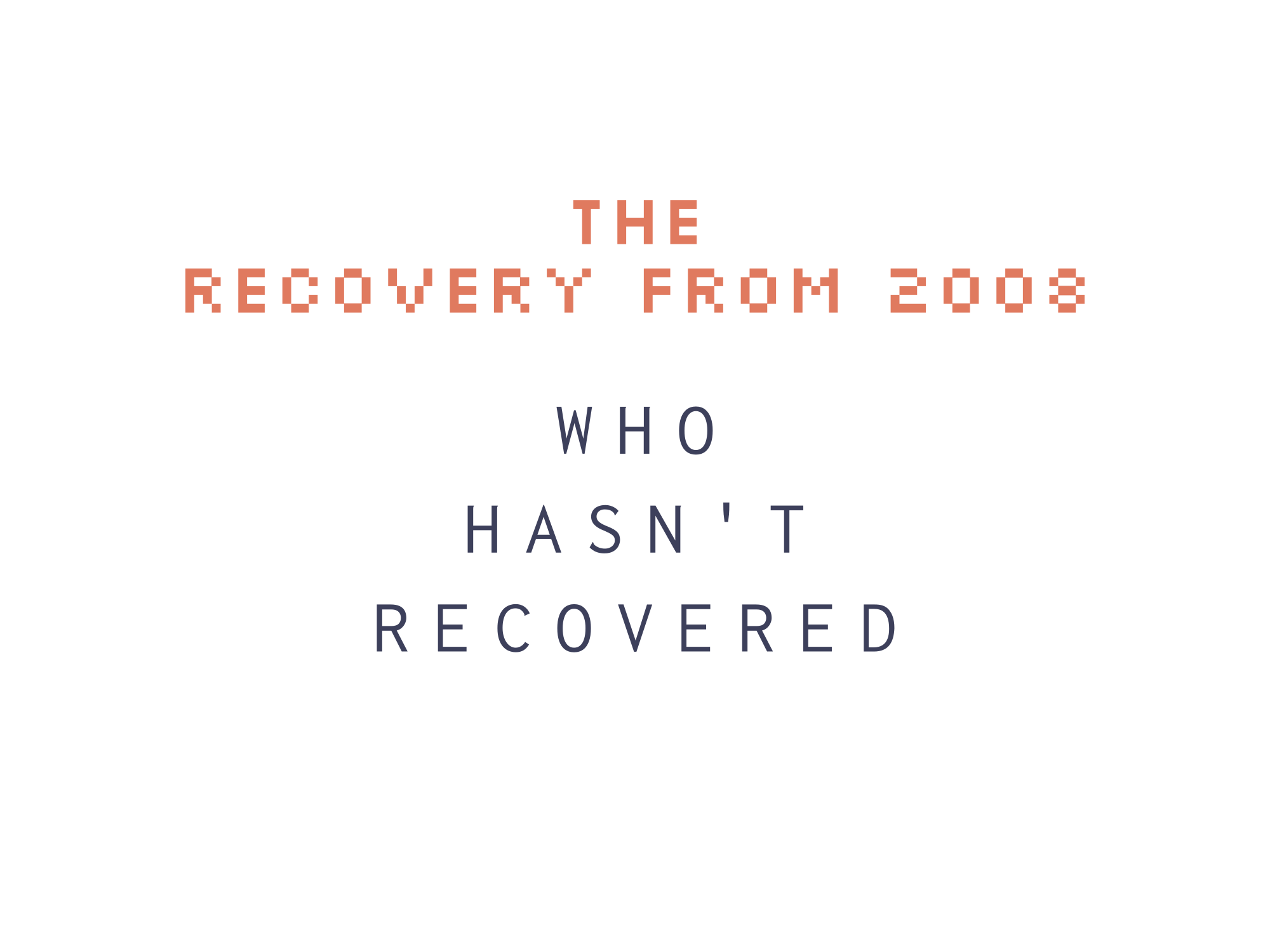
The 2008 housing crash had a profound impact on the U.S. economy, leading to widespread foreclosure, job losses, and a significant decline in property values. While the effects of the crash were felt across the nation, some regions have made a stronger recovery than others. Urban areas like New York City, San Francisco, and Seattle have seen a rapid rebound in property values and economic growth. These cities have strong job markets, high demand for housing, and a diverse economy that has helped them recover from the housing crash relatively quickly.
On the other hand, rural areas and smaller cities have not experienced the same level of recovery from the 2008 housing crash. These regions typically have fewer job opportunities, lower property values, and a weaker economy, making it more difficult for them to bounce back from the effects of the crash. Additionally, some areas that were hit hardest by the housing crash, such as Nevada and Florida, continue to struggle with high foreclosure rates and stagnant property values. These regions may take longer to recover from the housing crash, as they continue to grapple with the long-term effects of the economic downturn.
Overall, the recovery from the 2008 housing crash has been uneven across the United States, with some regions making a strong comeback while others continue to struggle. Cities with strong job markets, high demand for housing, and a diverse economy have fared better in the aftermath of the crash, while rural areas and smaller cities have not experienced the same level of recovery. As the economy continues to evolve, it will be important for policymakers to address the disparities in recovery and ensure that all regions have the resources they need to thrive in the post-housing crash era.

The global financial crisis of 2008 was largely triggered by a housing market crash in the United States. This event had far-reaching consequences not only for the American economy but also for economies worldwide. In the wake of this crisis, governments have taken various steps to prevent another housing crash from occurring. One such measure is the implementation of stricter lending regulations and oversight on financial institutions. This is aimed at preventing the risky mortgage practices that contributed to the previous crash.
Another important step taken by governments to prevent another housing crash is the establishment of regulatory bodies to monitor the housing market and ensure its stability. For example, the Financial Stability Oversight Council in the United States is tasked with identifying and addressing systemic risks in the financial system, including those related to the housing market. This regulatory oversight is crucial in ensuring that the housing market remains healthy and that potential risks are identified and addressed in a timely manner.
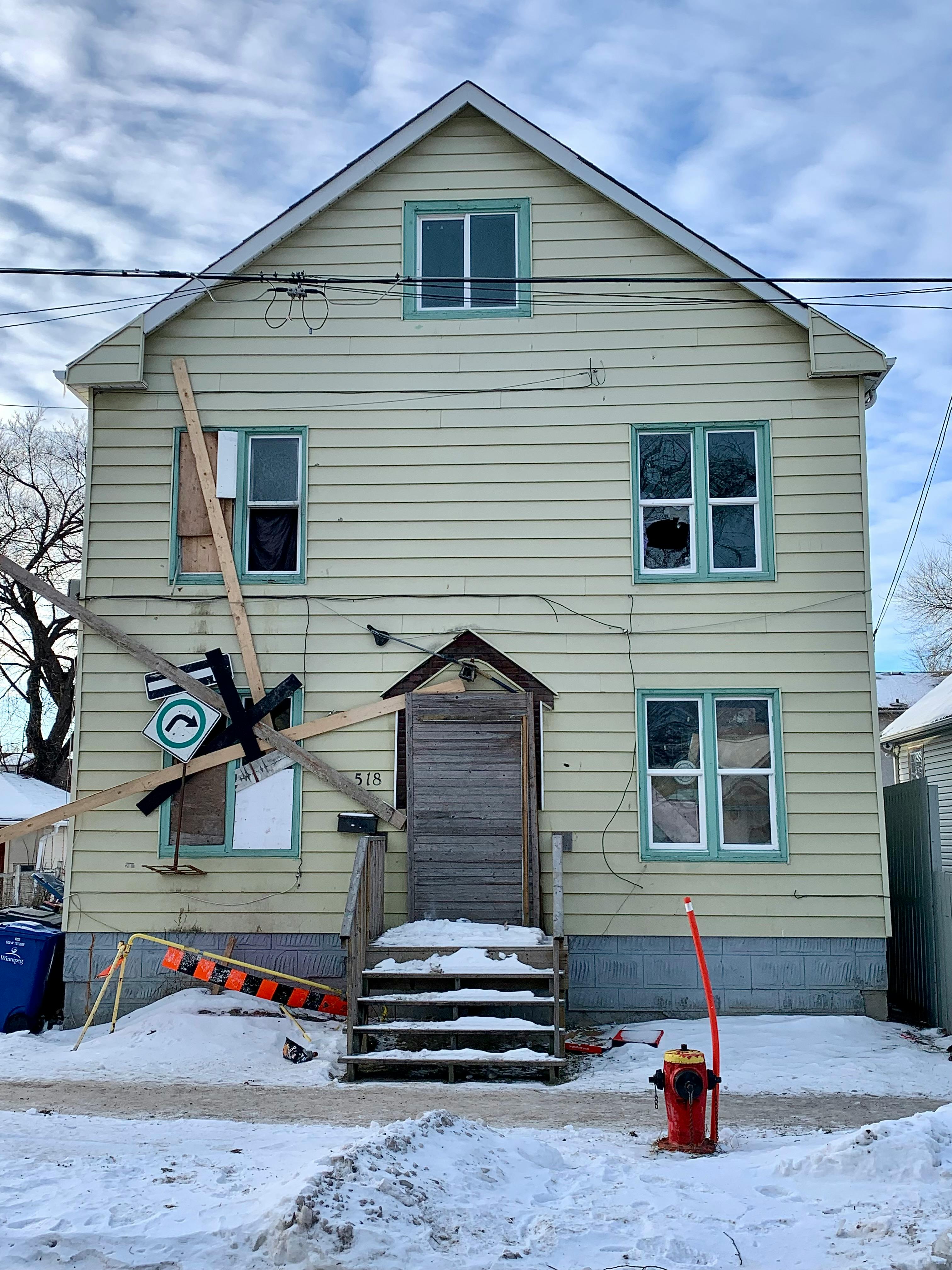

In addition to regulatory measures, governments have also implemented policies to promote sustainable housing practices and prevent the formation of housing bubbles. For example, some countries have introduced incentives for affordable housing development and stricter rules on speculation in the housing market. These measures are intended to promote a more stable and sustainable housing market that is less prone to boom and bust cycles. While it is impossible to completely eliminate the risk of another housing crash, the steps taken by governments in recent years have significantly reduced the likelihood of a similar crisis occurring in the future.
No Bankers or Finance Executives
Went To Jail Because of The Housing Crisis of 2008
The lack of accountability for banking and finance executives in relation to the 2008 housing crisis has been a point of contention among both professionals and the general public. While numerous experts have pointed to reckless lending practices, poor risk management, and fraudulent behavior as significant contributors to the collapse of the housing market, very few individuals in positions of power were held responsible for their actions. The absence of criminal prosecutions for those responsible has led to widespread criticism of the financial industry’s ability to act with impunity. This lack of consequences not only erodes public trust in the financial system but also raises questions about the effectiveness of regulatory oversight. As professionals working in finance or banking, it is crucial to address these issues head-on, hold wrongdoers accountable, and work towards restoring integrity and confidence in our institutions.
.
.

Bernie Madoff was a prominent financier who committed one of the largest and most infamous Ponzi schemes in history. Over the course of several decades, Madoff defrauded thousands of investors out of billions of dollars by falsely promising high returns on their investments while using new investments to pay off existing ones. This scheme eventually collapsed in 2008 during the financial crisis, revealing that Madoff had been operating a massive fraud for years. The impact of his actions was devastating, causing significant financial losses for individuals, charities, and institutions around the world. Madoff’s case not only highlighted the dangers of unchecked greed and deception in the financial industry but also led to increased scrutiny and regulation to prevent similar fraudulent activities in the future.
The Securities and Exchange Commission (SEC) and other regulatory bodies failed to detect Bernie Madoff’s Ponzi scheme due to a combination of negligence, incompetence, and complacency. Despite receiving multiple warnings and red flags from whistleblowers and others within the financial industry, the SEC failed to follow up on these leads or conduct thorough investigations into Madoff’s activities. Additionally, Madoff was able to exploit loopholes in securities regulations by registering his firm as an investment advisor rather than a broker-dealer, allowing him to avoid stricter oversight. The lack of coordination between regulatory agencies also contributed to the failure in detecting Madoff’s fraud. Ultimately, it was a lack of diligence, oversight, and enforcement of existing regulations that allowed Madoff to perpetrate one of the largest financial frauds in history undetected for so long.
Bernie Madoff’s multi-billion dollar Ponzi scheme resulted in significant financial losses for thousands of investors, including individuals, families, charitable organizations, and institutional investors. The impact of his fraudulent activities extended far beyond just monetary losses, as many individuals suffered irreparable damage to their reputations and professional standing due to their association with Madoff. Countless retirees lost their life savings, families faced financial ruin and had to drastically alter their lifestyles, and charitable organizations were forced to significantly scale back or shut down their operations. The fallout from Madoff’s deceit reverberated throughout the global financial system, leading to increased scrutiny of investment practices and regulations. The sheer number of lives affected by Madoff’s actions is immeasurable, but it is clear that his scheme caused widespread harm and devastation for many innocent victims.
Bernie Madoff’s multi-billion dollar Ponzi scheme resulted in significant financial losses for thousands of investors, including individuals, families, charitable organizations, and institutional investors. The impact of his fraudulent activities extended far beyond just monetary losses, as many individuals suffered irreparable damage to their reputations and professional standing due to their association with Madoff. Countless retirees lost their life savings, families faced financial ruin and had to drastically alter their lifestyles, and charitable organizations were forced to significantly scale back or shut down their operations. The fallout from Madoff’s deceit reverberated throughout the global financial system, leading to increased scrutiny of investment practices and regulations. The sheer number of lives affected by Madoff’s actions is immeasurable, but it is clear that his scheme caused widespread harm and devastation for many innocent victims.

“Ours is a system of corporate socialism, where companies capitalize their profits and socialize their losses…in effect, they tax you for their accidents, bungling, boondoggles, and mismanagement, just like a government. We should be able to deselect them. ”
The Rise and Fall of FTX: A Case Study in Cryptocurrency Regulation
The world of cryptocurrency has been a turbulent one, marked by both unprecedented innovation and significant volatility. One of the most high-profile events in this sector was the collapse of the cryptocurrency exchange FTX, which sent shockwaves through the financial landscape. The fall of FTX raises important questions about regulation, oversight, and the nature of risk in digital finance.
What Could Have Stopped It?
While hindsight provides clarity, identifying proactive measures that could have prevented the FTX debacle is crucial for the future of the cryptocurrency industry. Here are several potential regulatory measures and practices that could have mitigated the risks associated with FTX:
Robust Regulatory Frameworks: Comprehensive regulations specific to cryptocurrency exchanges could have established clear guidelines for how these platforms should operate, particularly concerning the management of customer funds. This could have included mandates for segregating client assets from the company’s operating capital.
Transparency Requirements: Regulators could have imposed stricter reporting and transparency requirements, compelling exchanges like FTX to disclose their financial health, risk exposure, and trading practices more openly. Enhanced disclosure could have alerted investors to potential red flags.
Auditing and Compliance: Regular audits conducted by independent third parties could have helped ensure that FTX was operating within legal and ethical boundaries. Such measures could have provided a layer of assurance to users about the security of their funds.
Consumer Protections: Regulations designed to protect consumers, including clear guidelines on advertising and disclosures, could have helped users better understand the risks associated with trading on platforms like FTX.
Education and Awareness: Regulators and industry bodies could have invested in consumer education programs to inform users about the risks of cryptocurrency trading, the importance of using regulated platforms, and how to identify potential scams.
The Road Ahead:
A Call for Balanced Regulation
The FTX collapse has served as a wake-up call for both the cryptocurrency industry and regulators. As the digital asset landscape continues to evolve, the need for balanced regulation becomes increasingly apparent. The challenge lies in establishing rules that protect consumers without stifling innovation.
Regulators around the world are now faced with the task of crafting policies that ensure the safety and stability of the financial system while allowing the cryptocurrency sector to thrive. Collaborative efforts among industry stakeholders, regulators, and consumer advocacy groups will be vital to creating an ecosystem that fosters growth, accountability, and security.
Conclusion
The fall of FTX was not merely a failure of a single exchange but a symptom of the broader challenges facing the cryptocurrency industry. A lack of regulation certainly contributed to the risks taken by the exchange, but it also highlights the need for a more comprehensive approach to oversight in this rapidly evolving space. As the industry seeks to recover and rebuild, the lessons learned from FTX can pave the way for a more secure and resilient future for cryptocurrency.
Elizabeth Holmes
Theranos
Theranos and its founder Elizabeth Holmes have not only caused harm to patients but also to investors. As the former Silicon Valley darling, Theranos claimed to have invented a revolutionary blood testing technology that could detect a myriad of diseases with just a few drops of blood. However, it was later revealed that the technology was flawed and inaccurate, putting countless patients at risk for misdiagnoses and improper medical treatments. This deception led to significant financial losses for investors who believed in the company’s false promises of success. The fallout from this scandal has tarnished the reputation of both Holmes and Theranos, serving as a cautionary tale of the consequences of unchecked ambition and unethical practices in the business world.
“Establishing a 0.03 percent Wall Street speculation fee, similar to what we had from 1914-1966, would dampen the dangerous level of speculation and gambling on Wall Street, encourage the financial sector to invest in the productive economy and reduce the deficit by more than $350 billion over 10 years.” –Bernie Sanders
Over $300,000,000,000.00 stolen from investers… Individuals, pension fund, non-profits and other groups



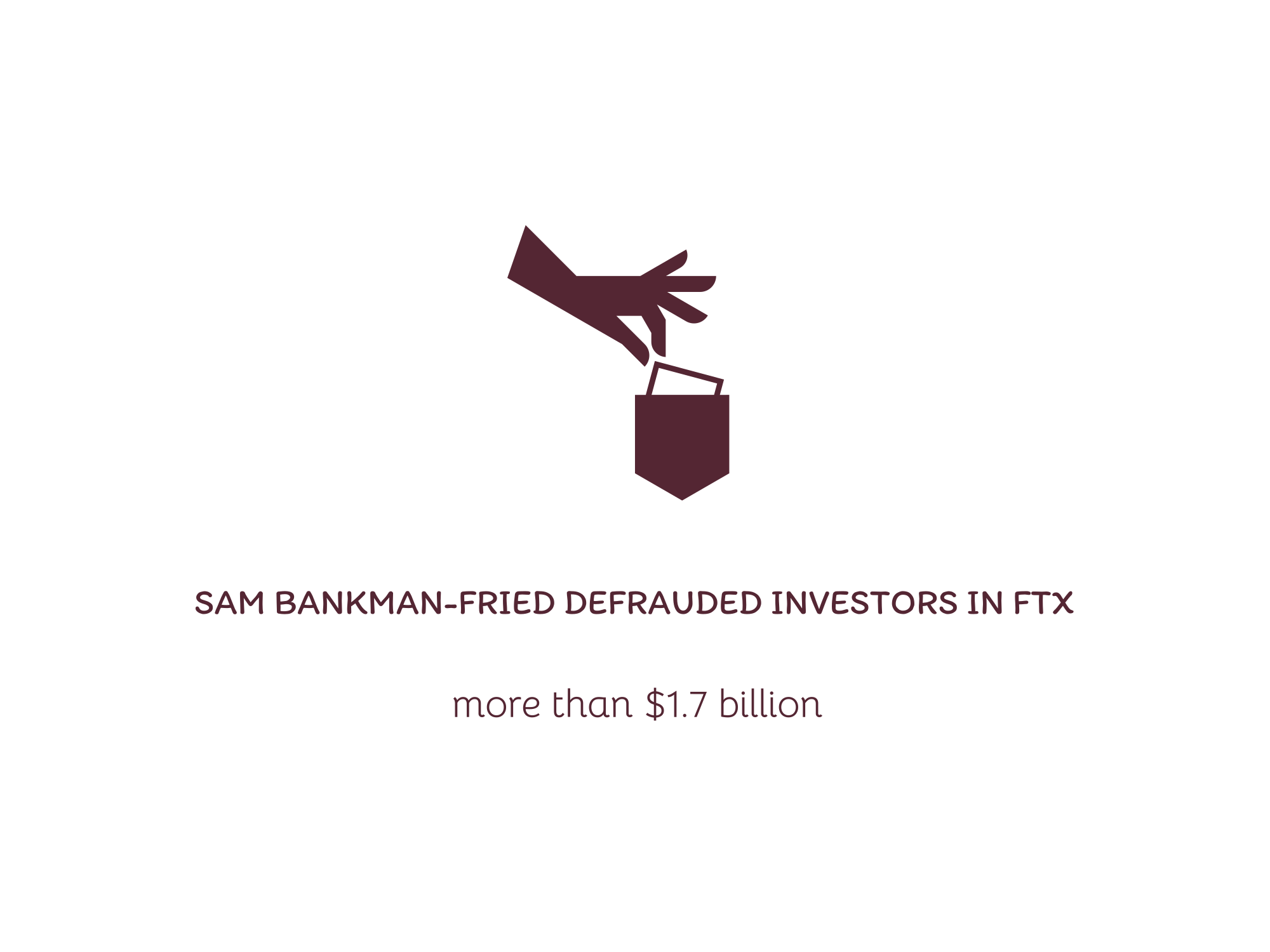
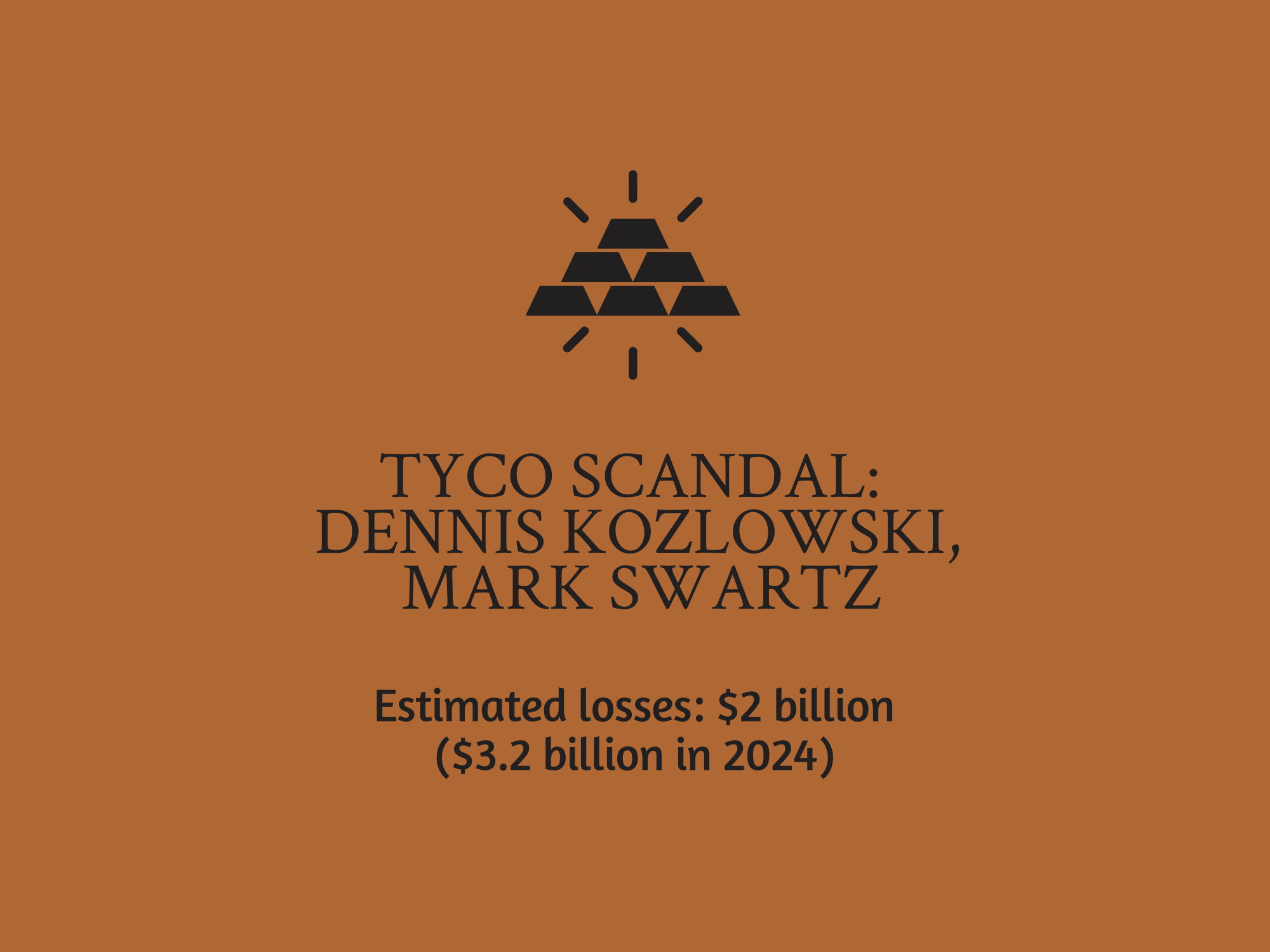
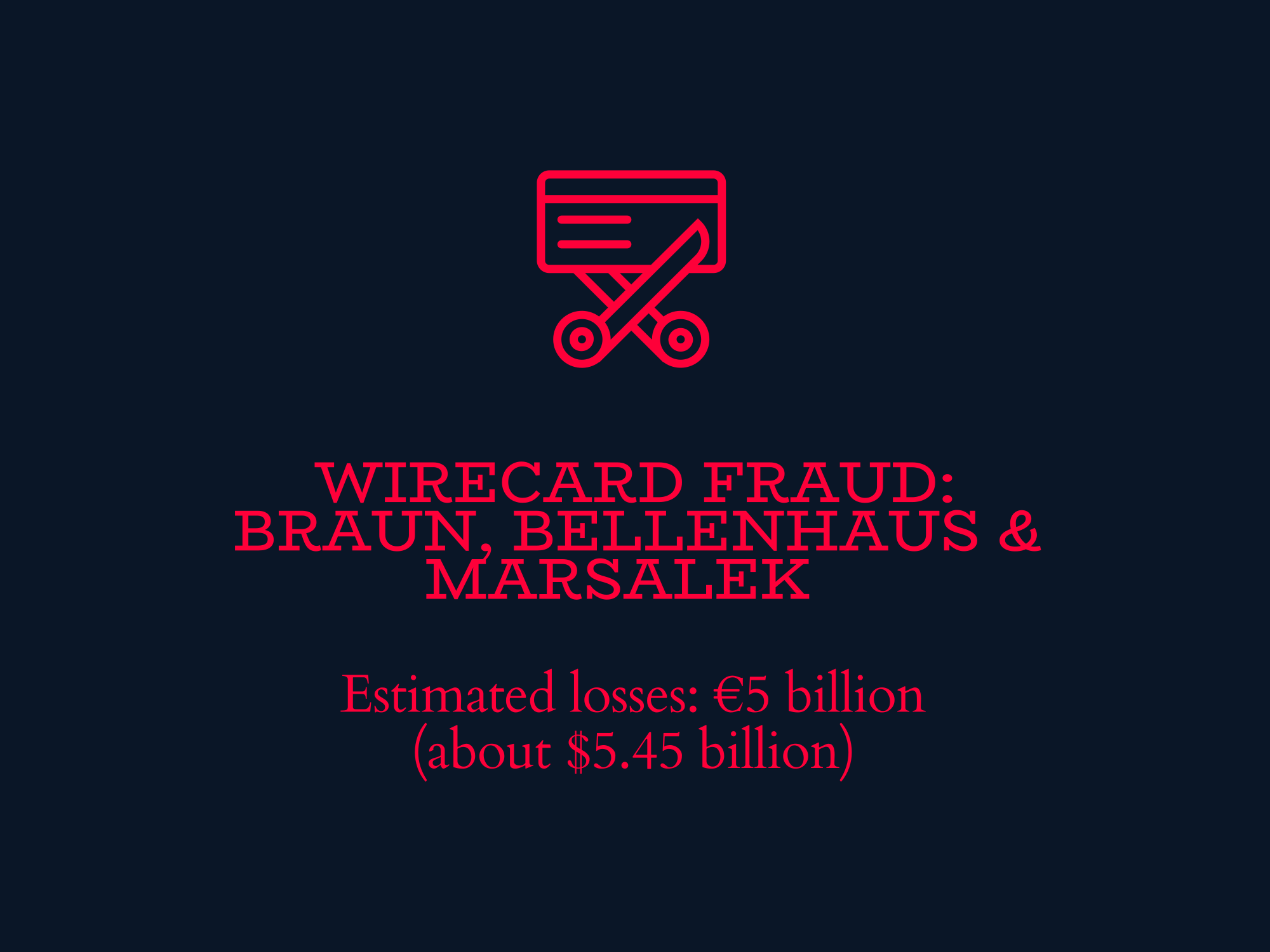
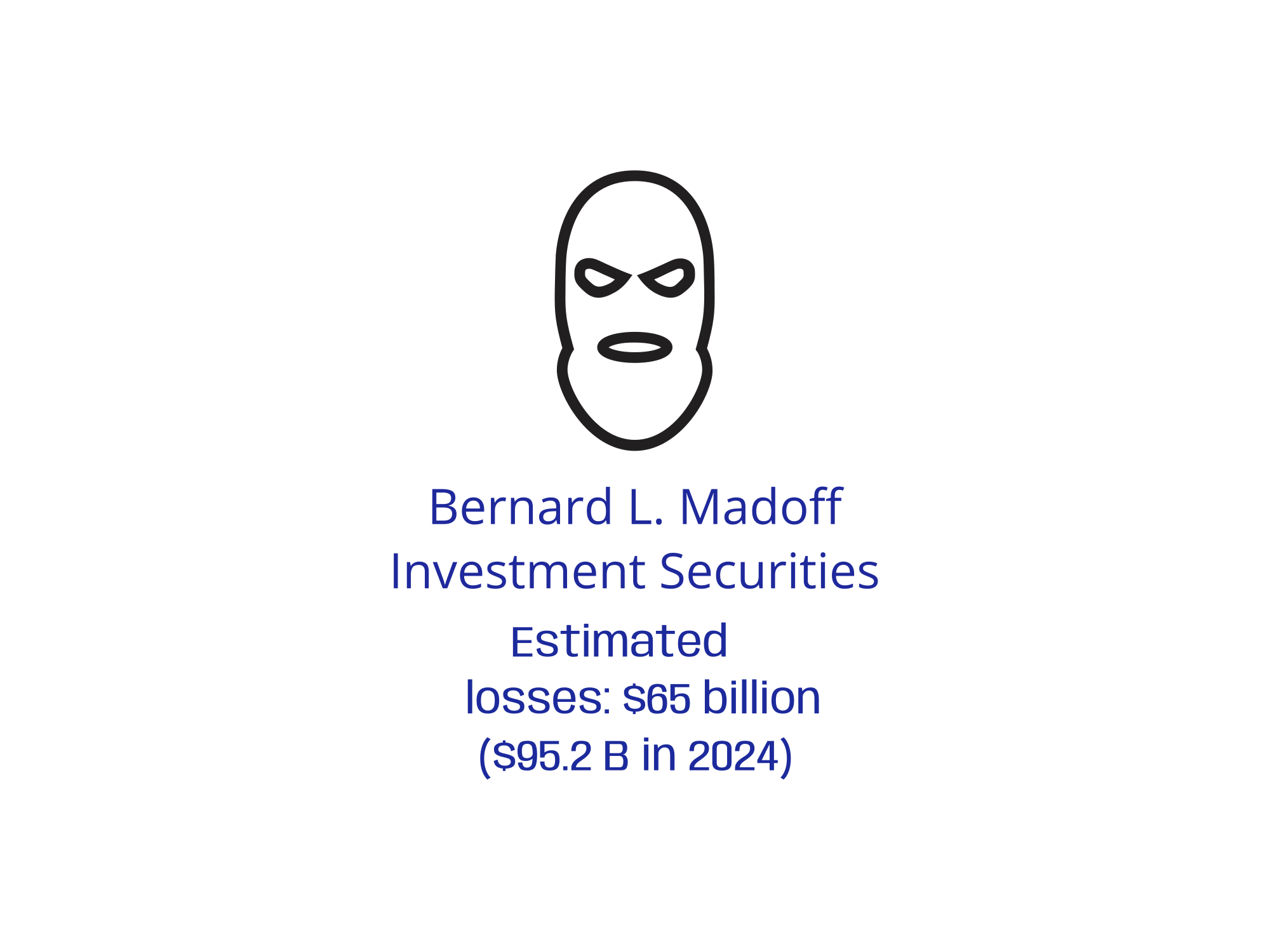

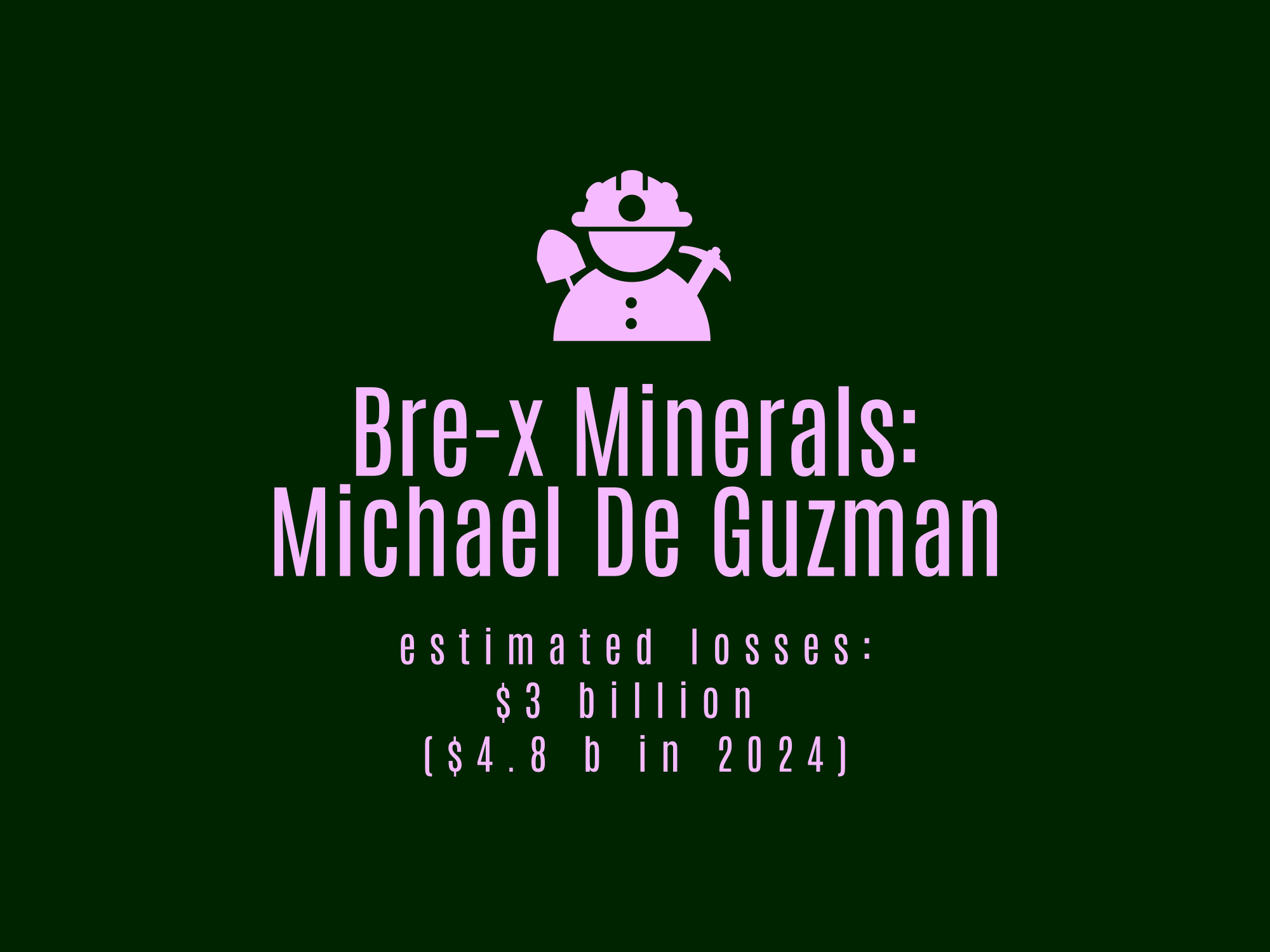
The Truth
“But there’s a reason. There’s a reason. There’s a reason for this, there’s a reason education sucks, and it’s the same reason that it will never, ever, ever be fixed. It’s never gonna get any better. Don’t look for it. Be happy with what you got. Because the owners of this country don’t want that. I’m talking about the real owners now, the real owners, the big wealthy business interests that control things and make all the important decisions. Forget the politicians. The politicians are put there to give you the idea that you have freedom of choice. You don’t. You have no choice. You have owners. They own you. They own everything. They own all the important land. They own and control the corporations. They’ve long since bought and paid for the senate, the congress, the state houses, the city halls, they got the judges in their back pockets and they own all the big media companies so they control just about all of the news and information you get to hear. They got you by the balls. They spend billions of dollars every year lobbying, lobbying, to get what they want. Well, we know what they want. They want more for themselves and less for everybody else, but I’ll tell you what they don’t want: They don’t want a population of citizens capable of critical thinking. They don’t want well informed, well educated people capable of critical thinking. They’re not interested in that. That doesn’t help them. Thats against their interests. Thats right. They don’t want people who are smart enough to sit around a kitchen table to figure out how badly they’re getting fucked by a system that threw them overboard 30 fucking years ago. They don’t want that. You know what they want? They want obedient workers. Obedient workers. People who are just smart enough to run the machines and do the paperwork, and just dumb enough to passively accept all these increasingly shittier jobs with the lower pay, the longer hours, the reduced benefits, the end of overtime and the vanishing pension that disappears the minute you go to collect it, and now they’re coming for your Social Security money. They want your retirement money. They want it back so they can give it to their criminal friends on Wall Street, and you know something? They’ll get it. They’ll get it all from you, sooner or later, ’cause they own this fucking place. It’s a big club, and you ain’t in it. You and I are not in the big club. And by the way, it’s the same big club they use to beat you over the head with all day long when they tell you what to believe. All day long beating you over the head in their media telling you what to believe, what to think and what to buy. The table is tilted folks. The game is rigged, and nobody seems to notice, nobody seems to care. Good honest hard-working people — white collar, blue collar, it doesn’t matter what color shirt you have on — good honest hard-working people continue — these are people of modest means — continue to elect these rich cocksuckers who don’t give a fuck about them. They don’t give a fuck about you. They don’t give a fuck about you. They don’t care about you at all — at all — at all. And nobody seems to notice, nobody seems to care. That’s what the owners count on; the fact that Americans will probably remain willfully ignorant of the big red, white and blue dick that’s being jammed up their assholes everyday. Because the owners of this country know the truth: it’s called the American Dream, because you have to be asleep to believe it.”
